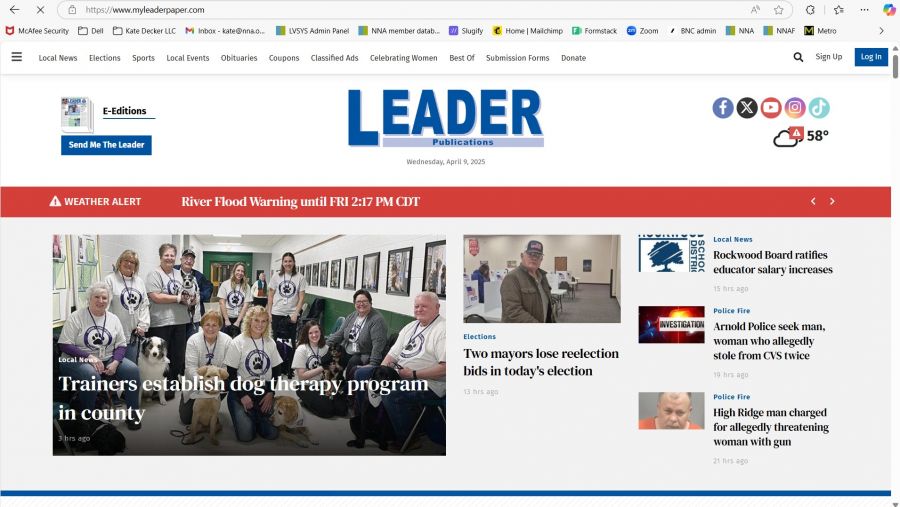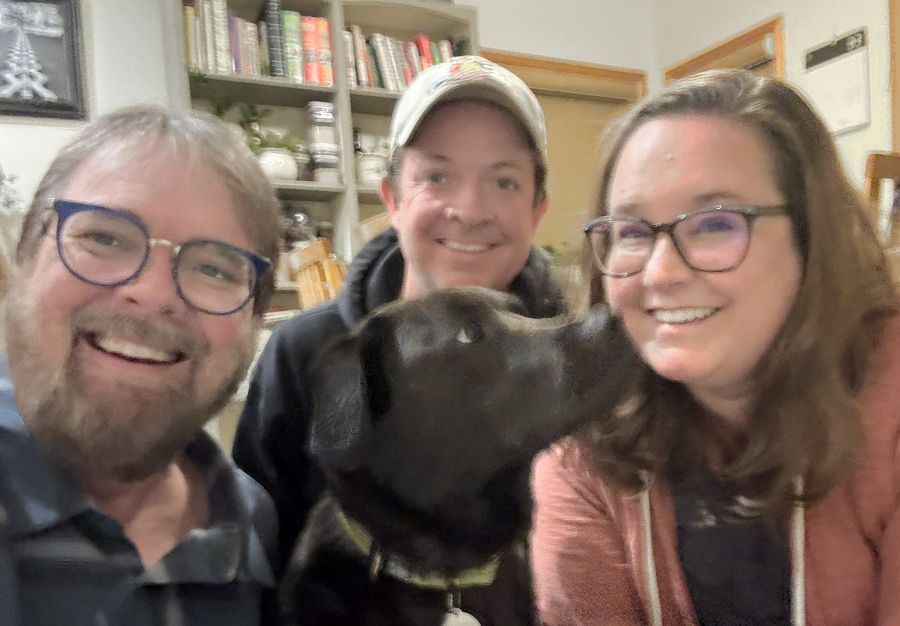Is there such a thing as ‘too local?’
May 1, 2023
LEWIS FLOYD
President | Business Valuation Consulting LLC & Affiliates
Most newspapers have focus group meetings; some have them frequently, some perhaps once a year or even less. I remember one that left an impression of how disconnected an editor can be. The market had almost 1,000 new homes sold in a year, the occupants from every state. Our goal was to connect with them.
As the meeting asked questions like, what would you like to see in your newspaper (hello — why would one want to buy our newspaper)?
The general consensus was more local news.
The editor and I were talking after the meeting and he commented, “guess I need to increase coverage on city hall.”
My thought was, “were we at the same meeting?”
What I understood from the participants was a desire for more local coverage to connect them with the market. Remember, they were from all parts of the U.S.
Market knowledge showed most of the new residences had one thing in common — children in school — and what they meant when asking for more local was school news, school sports and local society news.
If you worked with Thomson Newspapers before they sold their U.S. holdings, the editorial training was always how to tie in local people with whatever was the news, for example: major roof leaks in a new neighborhood. They would suggest talking not only with those affected, but also to builders who had prevented the problem, repairmen who fixed the problem, suppliers who sold similar or the same roofing and those who sold higher quality. The more local names used, the more the article would be read.
So, how do our editors who have learned well how to sniff out stories, go for Pulitzer Prizes, etc., learn how to add market data to find the stories their readers want? I would start with the marketing department of the Chamber of Commerce. Then add in the local coffee shop, barber shop, local pastors — anywhere your community meets or talks.
Most local newspapers have a better handle on this than larger city newspapers, but are they “owning” their local market? I have read several articles in The Daily Clips about this; the best statement summarizing the direction was “you have to adapt to the reader, find out where they are and communicate to them the subjects they are interested in and in the mode they want to read it in — an app, website, email, but more likely it’s a combination of all three” — and I would add your print edition as you discover their interests.
The real emphasis is “own your local market” — and the best way is using all the tools you have available. The purpose of this article is to start your thinking process to use, develop and capitalize on these tools.
If you believe your market does not use the web, apps and email, please get out of your office and meet your market. In most cases, the local market is using the web or doing social media, and — in most cases — no one else owns your local market on the web.
Another article was titled “To Survive, Media Companies Must Own The Relationship With Their Audiences.” The best answer provided for how was this summary: if you can get the reader to share their email address, you can own the customer relationship rather than hoping to catch them as they scroll through Facebook. Their email address opens many lines of communication and revenue opportunities. “Publishers must focus on owning the customer relationship and diversifying the ways that their audience reaches their content.”
For the local newspaper to own the local news, it must be a paid service with information not available from other services. You might want to do a highlight or headline page for free, but the core information should be by subscription to your web or to your publication and web.
Get real local — team up with events, fundraisers, etc. by putting registration or entry forms with the coverage provided on your website, and in your print edition, reference the web and the availability of the forms.
E & P Online had an article that stated “Despite ‘Gloom & Doom’, Community Newspapers are Growing Stronger.” This article had several great ideas that all lead to local news, how important local community news is to readers, and how the greatest advantage of local newspapers is the content they have (or should have) that no one else does. It also commented on how digital is now as important as print, with some publications taking advantage of the technology and offering multiple formats to readers, while for others, print was still the main focus.
Another E & P article about Twitter stated, “There are a number of different reasons for reporters to use Twitter. From sourcing stories to being alerted to breaking developments, Twitter’s versatility makes it an important tool in today’s fast changing world of journalism” and sharing that there are 330+ million users in the world; some of those are likely in your market.
Local coverage is not just city hall, its school activities, social events, summer sports leagues, church services and events, Boy Scouts, Girl Scouts, civic clubs — whatever is important and linked to your community and market. Get your editor to start thinking a little like a salesman — what would make someone want to read my column?
Lewis Floyd is the president of Business Valuation Consulting LLC & Affiliates. Email busvalconsulting@gmail.com or call (850) 532-9466.









